Google making bold strides into hardware is an exciting prospect. It means one of the biggest technology companies around is looking to reach consumers in new ways – but it’s proving far from plain sailing.
The company’s smart speaker – Google Home – is a tremendous success as a piece of hardware and a desirable gadget, and the firm has also had joy in the past with its collaborative phone and tablet efforts, built by other manufacturers but carrying the Google name.
Which brings us to the Pixel, first introduced last year as true Google phone, carrying the company logo for the first time and meant to be a watershed moment for Google’s hardware business.
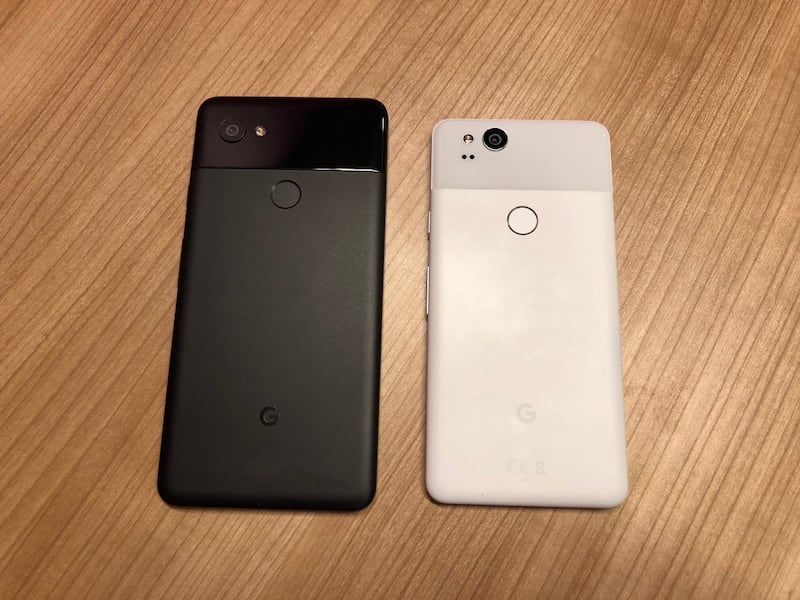
A solid, if unspectacular year later and the Pixel is back in the form of the five-inch display Pixel 2 and six-inch Pixel 2 XL.
What has Google learned from its first big year in smartphone building? And can the second generation Pixel offer a real alternative to the iPhone and Samsung’s Galaxy line-up?
Looks
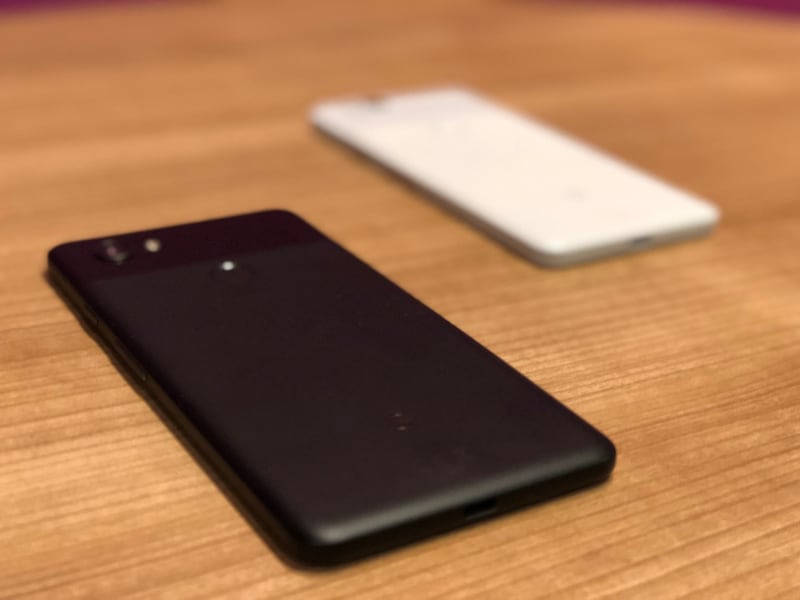
The two-tone glass and metal rear casing from the original Pixel is still here – for better or worse depending on which side of the design fence you’re on.
It lacks the fluidity of Android’s current prizefighter, the Galaxy S8, and while the brushed aluminium that covers most of the rear case of the XL isn’t susceptible to fingerprints (take note iPhone 8), it doesn’t feel great in your hands. It feels cheap and plastic-like.
The white metal finish we saw on the rear of the slightly smaller Pixel 2 is smoother and much more pleasing to the touch.
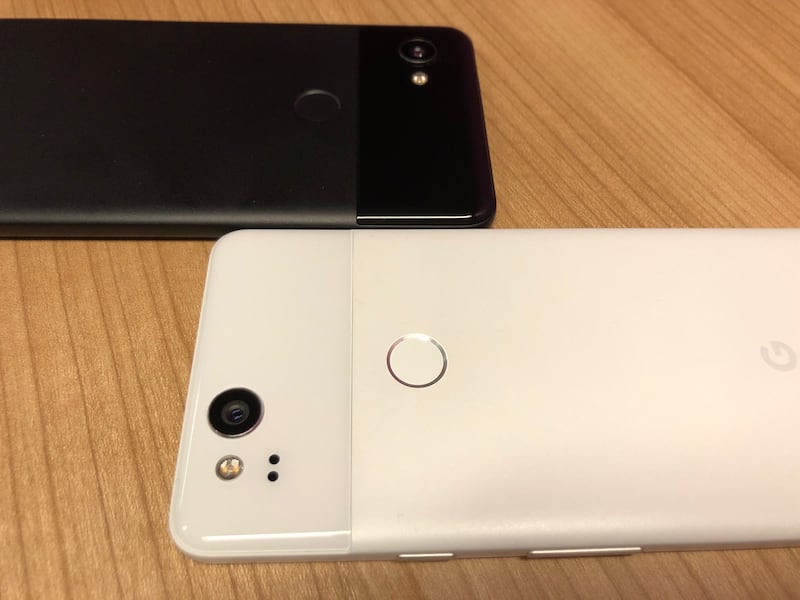
Google has also followed Apple in removing the headphone jack from the Pixel – it hasn’t been a popular move among iPhone users, and the same is likely to apply here.
The XL, though, shades it in terms of looks, the smaller bezel around the screen and curved edges give a better impression of the device as a single piece of glass and metal, whereas the sharper edges of the Pixel 2 feel more block and less fluid.
The two-tone rear casing remains far from the best aesthetic on a smartphone, but the contrast is less dramatic than on the original Pixel. Progress, at least, but still well short of flagship quality.
Experience
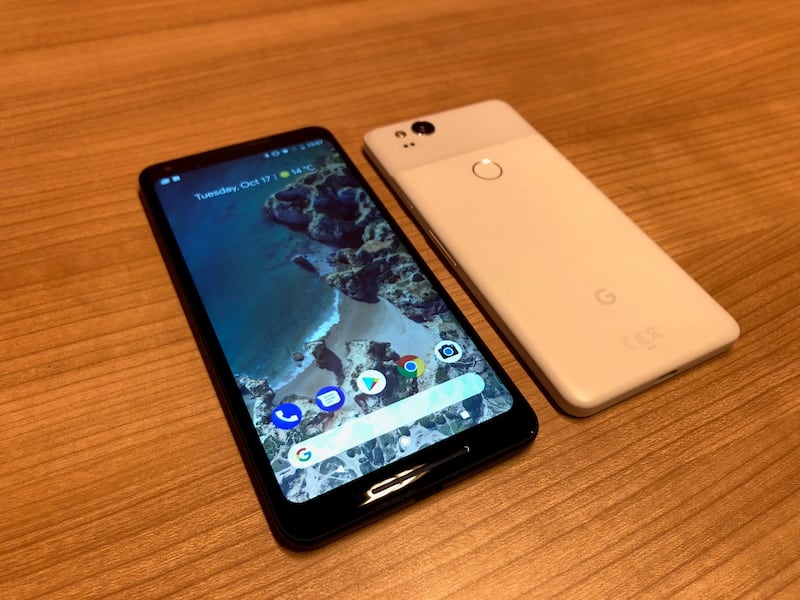
As you might expect from a smartphone made by Google themselves, the version of Android running on the Pixel 2 and 2 XL is far and away the best experience of the software you can find anywhere.
There’s none of the bloatware additional apps and features that are crowbarred onto Android phones by the likes of Samsung and Huawei, just high performing apps tied up with a strong artificial intelligence presence brought by Google Assistant.
The native images app is the brilliant Google Photos, and Chrome, Google Maps, Android Pay, Play Music and YouTube ensure that from minute one there’s a suite of useful features ready to go.
The battery life of both devices is solid too – lasting the day comfortably each time during testing.
The usefulness of fast charging is also on show in the Pixel 2, with around seven hours of battery gained for a quick 15-minute plug-in. In short, battery life is good enough that you never really have to think about it.
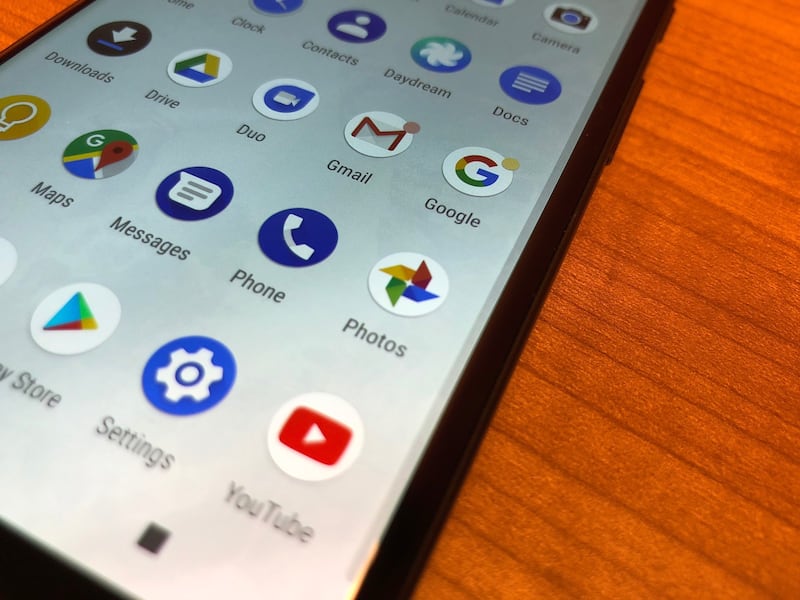
Android 8.0 doesn’t offer a major upgrade of previous versions of the software in one way, but in lots of little ways.
Notification dots make it easier to spot when you’ve got an alert waiting for you, while combined with the Snapdragon 835 processor in the Pixels it is lightning-fast.
This is perfectly manifested in the Pixel Imprint fingerprint sensor, which is one of the quickest to respond that we have ever encountered.
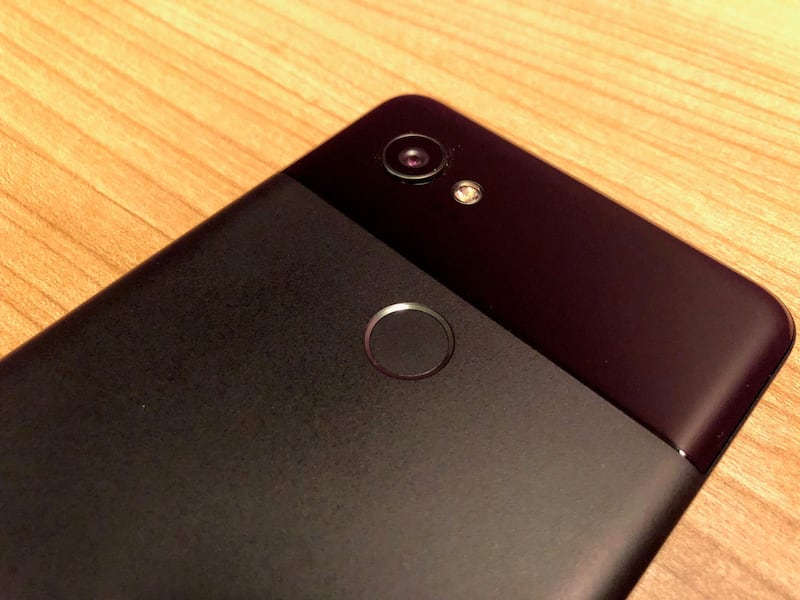
There’a also the quirk of being able to squeeze the bottom third of the phone in order to call up Google Assistant. It’s something HTC has already done on their U11, so it’s not a new idea, and we found it to be a little too sensitive on the Pixel 2 unless set to the very highest firmness setting.
But it’s quick access to a very good part of Google software, so a minor setback is acceptable.
As a software package then, the Pixel 2 is more than a match for Samsung’s flagships and the iPhone 8. On this front, Google is very much at the cutting edge.
Camera
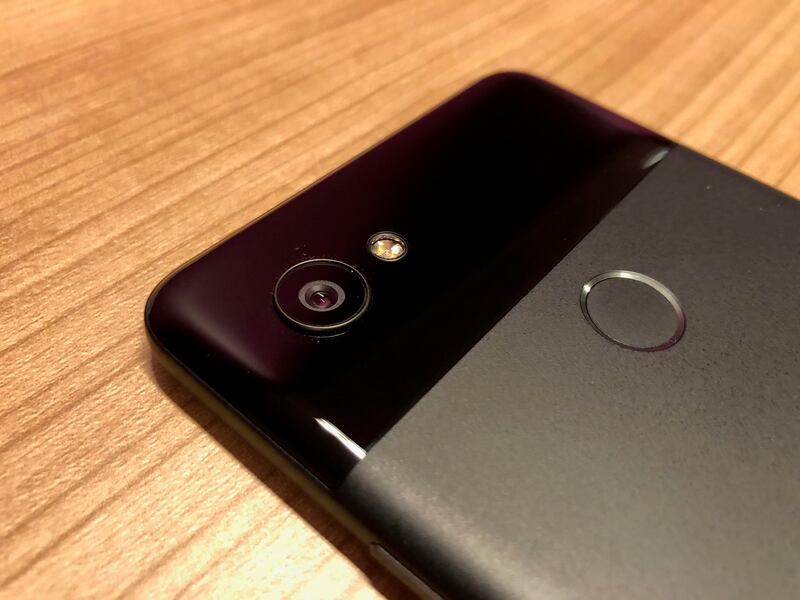
Though the design may be flawed, one area of the Pixel 2 hardware that outperforms many of its rivals is the front and rear cameras.
Google has managed to pack technology into one lens that many of its rivals have to put into two, most notably the use of bokeh – a blurring effect in the background of images that increases focus on subjects in the foreground.
Introduced on the Pixel 2 as Portrait mode, it uses AI, rather than a combination of two lenses, to process and blur the background around subjects. The result is not quite as refined as on the iPhone or Samsung, but it does mean it will work when taking a selfie with the front-facing camera.
In low light too, a notoriously difficult condition to shoot in for smartphones, the Pixel 2 excels beyond its rivals in its ability to capture detail.
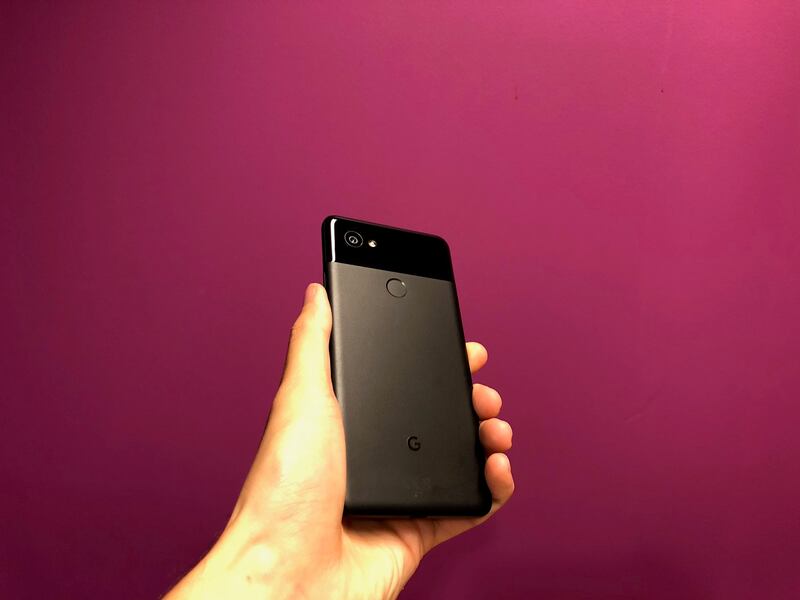
The camera is also backed up by Google Photos, the brilliant photos app that not only gives users free unlimited storage in the cloud forever, but also uses AI and image recognition to identify and group images into suitable categories.
Artificial intelligence is in play in another area of the camera too, Google Lens, which can pick up landmarks as well as text in photos and do Google searches based on what it sees.
All together then, the camera set-up of the Pixel 2 is hugely impressive – by far the best thing on Google’s new flagship devices – and offering a real alternative to the iPhones and Samsungs of this world.
Verdict
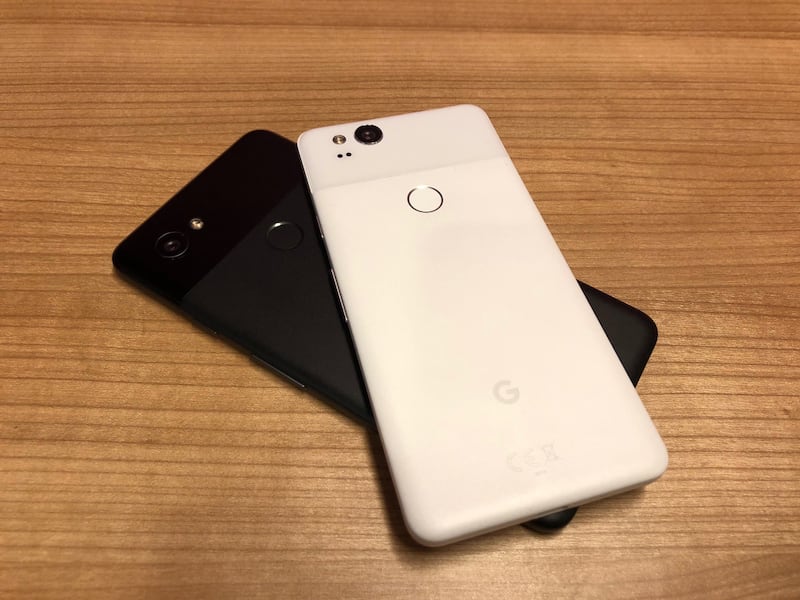
In practice, the Pixel 2 and Pixel 2 XL have made healthy strides forward on 2016’s devices, with a second-to-none camera and an Android experience that makes other manufacturers uses of the software look bloated.
On these two fronts, Google is well on the way to matching its tech rivals in the phone market, but it is still being let down by phone hardware that feels rushed.
The top end of the smartphone market is an area of fine margins, and as such small details such the Pixel 2’s cheap look and the Pixel 2 XL’s cheap feel can have a big effect on prospective buyers.
Google has proven it can stand on its own in software and camera tech, the questionable two-tone design that is currently the Pixel’s signature now needs to be given the same refinement.







